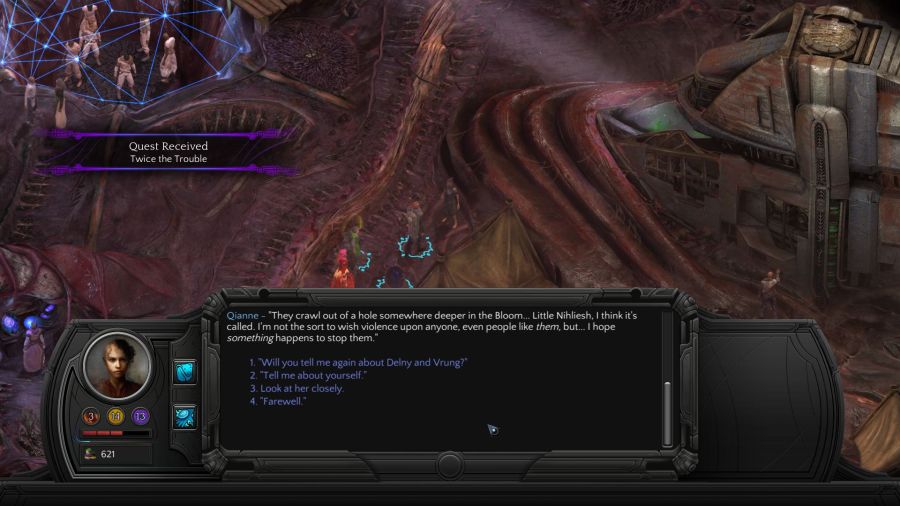

(It doesn’t help that the only hard crash I experienced came at the end of an exhausting battle.) The other main reason being that, well, the fighting simply isn’t that fun. It’s one of the main reasons why taking the pacifist route in Torment is, quite honestly, the most enjoyable path. It’s an interesting system that forces you to take great care when in dialogue, especially if you hope for your lasting legacy to be a positive one. For example, those attuned to the Gold tide value philanthropy and empathy and aim to help others, no matter the toll. The five colour-coded tides all represent higher concepts. Instead of being defined by morality and intention, the tides are moved and worked through action. The game has a karmic alignment system built-in different to most other games of this ilk. This was infrequent, but I could help but laugh when it did happen. In reality, if these townsfolk wandered 100m to their left they’d happen upon it with almost no effort at all. In the very early game, after you’re revived near the ‘resonance chamber’, you wander less than a handful of screens across to the next town where it turns out it’s a mythical machine, only heard of in old stories. There are also instances that sometimes screamed to me that the ambitions of the writing weren’t quite matched by the game design, as passable as they both are in isolation. Though, on the flipside, it isn’t without its consistencies, on occasion slumping into a bad fan-fiction quality twenty minutes that could often sever the immersion entirely.

The story, of which you can’t experience it all in a solitary playthrough, is so well-written at times that it would put a great number of fantasy authors to shame. The reckless abandon that The Changing God operates with has attracted a devouring entity called Sorrow, who aims to end The Changing God and his clones, in an effort to restore the now unbalanced tides. Little does he know that when a vessel is emptied, a new consciousness awakens within it to fill the void, creating a ‘castoff’. Tides of Numenera places you in the shoes of The Last Castoff, the final clone of The Changing God, an immortal being capable of transferring his consciousness from vessel to vessel. Bethesda, masters of the ‘modern RPG’, only wish they had this capacity for storytelling. The narrative, including the delivery of it, blow most of its contemporaries out of the water. It prioritises the drive of its engrossing story and interacting with the world and characters in it over combat and the finicky organisation of inventory. Nonetheless, Torment: Tides of Numenera very much abides by the traditional tabletop ruleset. The developer folks at InXile, in turn, were inspired by Planescape: Torment, the game adaptation for David Cook’s campaign, and based their own adaptation of Monte Cook’s Numenera on it, making Tides of Numenera both a thematic and spiritual successor to Planescape: Torment. Monte Cook, visionary Dungeons & Dragons designer, was inspired by David Cook’s Planescape campaign which led to the birthing of his own fantasy setting, Numenera. There’s a lot of circular inspiration that goes on here, so let’s see if we can make sense of it all. So while I would fool myself into thinking I’m a dungeon-trawling grand master because I laboured through Bioware’s Dragon Age, little did I know what awaited out there. I always preferred my roleplaying games with that westernised stank, which pretty much saw all of the traditional tropes stripped back in favour of a more action-centric flavour. I’ve never been one to deep-dive into stats, or to love trawling menus.


 0 kommentar(er)
0 kommentar(er)
